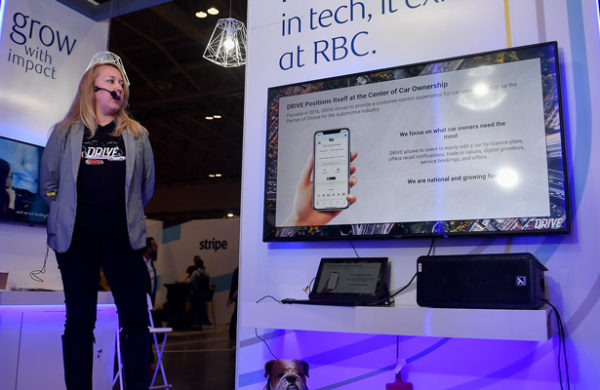
SXSW. Google’s developer conference. Adobe Summit. One by one, the headlines rolled in as major companies cancelled their events in early March.
As an audiovisual production company, our alarm bells grew louder and louder. We were hearing stories of events in hotel ballrooms being set-up and ready to go, only to be completely abandoned shortly before the event. Cancellations trickled in. Then, around the time when news broke about a super-spreader event at a pharmaceutical conference in Boston, the rest of our clients started calling.
Over the next three weeks, while the world scrambled to understand what was happening, 372 of our clients cancelled their events, with another 50 postponing or rescheduling. Business dropped by 80 percent.
But here’s what gave us hope for our future: Our phones never went silent. While our clients’ face-to-face events came to a halt, our sales team was busier than ever answering questions and helping both new and existing clients bring their in-person events virtual. We didn’t know it at the time, but it was the start of completely reimagining our business to connect people in a new, virtual world.
Stretching our Limits to Weather the Storm
Our clients were full of questions. What does going virtual mean for important sponsorship revenue? Would their speakers be able to present remotely? Is it possible for planners with limited virtual experience to pull off a big event, virtually? Would people even show up?
Clients were turning to us because we’d been producing virtual events since 2008, and also brought a deep understanding of live events. They realized they needed more than access to virtual event software. They needed a team to walk them through the process, handle the tricky details, and take the technical production off their plates — just like before.
But we had to stretch ourselves, too. Even for our most seasoned veterans in virtual events, it was clear we were charting new waters. Typically, large conferences with thousands of people wouldn’t be completely virtual — and bringing events online isn’t an apples-to-apples task. It takes completely reimagining content and execution.
So, as veterans of the fast-paced event industry, we did what we do best— we adapted.
We vetted and added additional software platforms to offer our clients, including platforms that offered sponsorship opportunities and branding options. Our event managers learned how to adjust agendas and train speakers so they feel prepared. And our webcast producers, technical teams, and event support experts began producing virtual events with more moving parts than ever before.
Luckily, we were fortunate to have access to the federal Paycheck Protection Program, which let us build a bridge to build up the virtual segment and keep our current staff employed. Our industry was hit extremely hard, with many of our fellow event companies furloughing or laying off their entire staff. We’re so grateful that we were able to keep our team employed through it all, weathering the changes together.
Today, we’re booking virtual events of all sizes. Our talented AV professionals have re-trained in different specialities, and our virtual team is now 40 people strong.
And even though many were born out of necessity, it turns out that virtual events have many cool benefits in-person events can’t offer. They offer increased attendance, greater accessibility, and interesting formats. Or, in the case of one of our clients, Habitat for Humanity, Seattle-King County, they can be more impactful than in-person versions. Their annual, virtual fundraiser raised $1.6 million, which was more than what they raised at their in-person event the year before.
What’s Next for Events?
There was a time when the industry talked about “revenge attendance” in the fall of 2020 — when a pent-up demand for live events would bring things back to “normal.” Now, we know that our industry is changed forever, regardless of how long COVID-19 risks last.
Already, we’re seeing new formats of hybrid events, where speakers present from a studio setting and attendees watch from home. Or, meetings where many small groups get together locally, and then we link several groups together with two-way audio and video. As it becomes hopefully safer to join back together, we’ll definitely be returning to our in-person event experience more and more.
And when in-person events do return fully, there will always be a virtual component — and we’re grateful and excited that now we can do both. We’ll continue to adapt as events evolve, and will always be here to meet our customers’ needs. What will stay true no matter what, though, is our commitment to our customers, helping them solve the challenges they’re up against, and keeping our team together.


